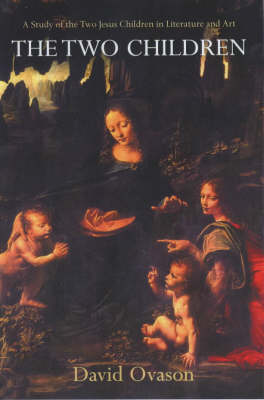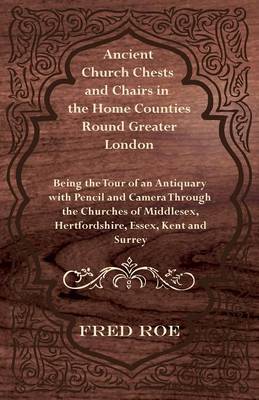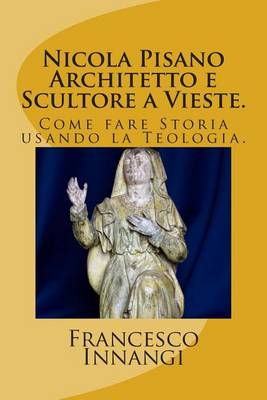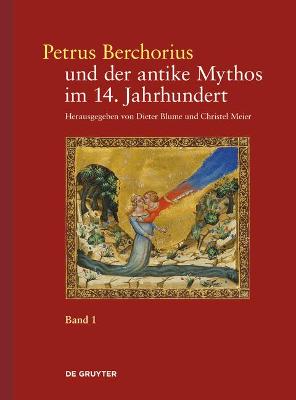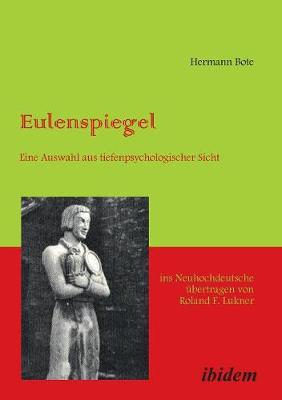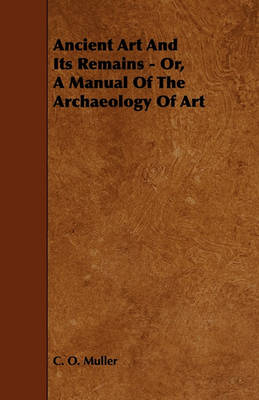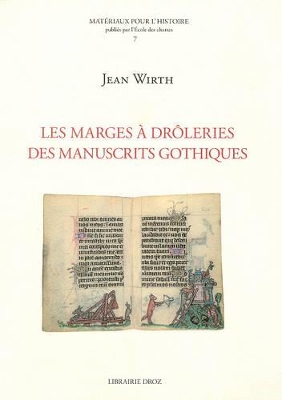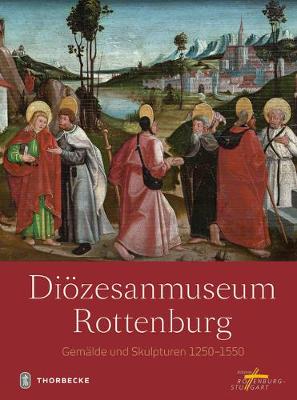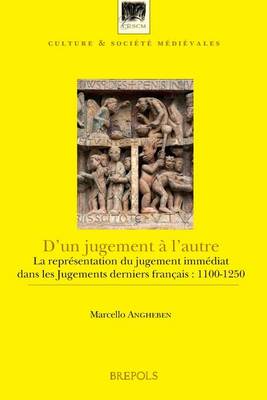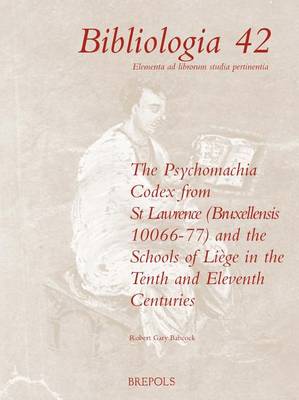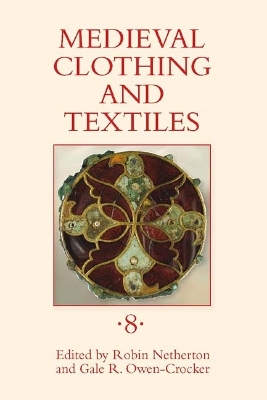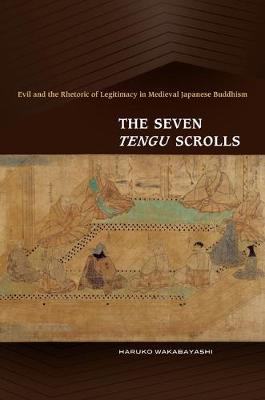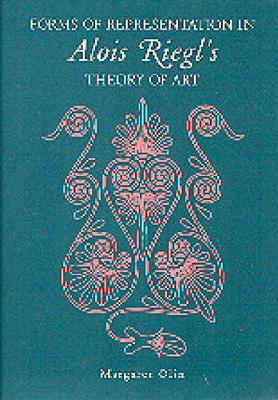Although the Gospels of Matthew and Luke support the tradition that there were two Jesus children, the idea was not adopted by the Church. Something of the idea lingered on in Christian art and symbolism, but the full tradition was preserved only in the literature of such esoteric sects as the Gnostics, who did not adopt all the official teachings of institutionalized Christianity. David Ovason explores the literature and art in which these symbols have been preserved, in particular, the ancient...
Petrus Berchorius Und Der Antike Mythos Im 14. Jahrhundert
by Dieter Blume and Christel Meier-Staubach
Objects, Relics, and Migrants (In Between. Images, Words and Objects, #2)
by Ivan Foletti
Eulenspiegel. Eine Auswahl Aus Tiefenpsychologischer Sicht Ins Neuhochdeutsche Ubertragen Von Roland F. Lukner
by Hermann Bote
Monuments of Medieval Art
by Professor of Art History Robert G Calkins
Illustrated Mediaeval Alexander-books in Germany and the Netherlands
by David John Athole Ross
Emerging Naturalism
by Gerardo Boto Varela, John McNeill, and Marta Serrano Coll
Ancient Art And Its Remains - Or, A Manual Of The Archaeology Of Art
by C O Muller
Les Marges A Droleries Des Manuscrits Gothiques (1250-1350) (Materiaux Pour L'Histoire Publies Par L'Ecole Des Chartes, #7)
by Jean Wirth
Govan and Its Early Medieval Sculpture (Art/Architecture)
D'Un Jugement a l'Autre (Culture Et Societe Medievales, #25)
by M Angheben
Birdman of Assisi: Art and the Apocalyptic in the Colonial Andes (Medieval and Renaissance Texts and Studies, #476)
by Jaime Lara
Medieval Clothing and Textiles 8
by Robin Netherton and Gale R. Owen- Crocker
This volume continues the series' tradition of bringing together work on clothing and textiles from across Europe. It has a strong focus on gold: subjects include sixth-century German burials containing sumptuous jewellery and bands brocaded with gold; the textual evidence for recycling such gold borders and bands in the later Anglo-Saxon period; and a semantic classification of words relating to gold in multi-lingual medieval Britain. It also rescues significant archaeological textiles from obs...
This is a study of visual and textual images of the mythical creature tengu from the late Heian (897-1185) to the late Kamakura (1185-1333) periods. Popularly depicted as half-bird, half-human creatures with beaks or long noses, wings, and human bodies, tengu today are commonly seen as guardian spirits associated with the mountain ascetics known as yamabushi. In the medieval period, however, the character of tengu most often had a darker, more malevolent aspect. Haruko Wakabashi focuses in this...
Mitteleuropaische Schulen IV (Ca. 1380-1400). Hofwerkstatten Konig Wenzels IV. Und Deren Umkreis
by Ulrike Jenni and Maria Theisen
The catalog is dedicated to those manuscripts of the Austrian National Library which were commissioned by King Wenceslas IV (1361?1419) and the Prague court. It forms a unit together with the catalog ?Central European Schools III (Bohemia - Moravia - Silesia - Hungary, ca 1350?1400)? published in 2004, and completes the investigations concerned with the art of book illumination in the Central and Eastern regions during the second half of the 14th Century.
Alois Riegl (1858 1905) made pioneering contributions to the history of late Roman, seventeenth-century Dutch, and Baroque art. His impact on scholars, however, extended beyond art-historical circles into the fields of art theory, psychology, sociology, literary criticism, and philosophy. Margaret Olin utilizes extensive archival material and the entire range of Riegl s published writings to locate his theory of representation in the Viennese and wider European intellectual context of the late n...

